2-Day Adventure & Culinary Delights in Hidden Panama City
Panama City, Panama
2 days




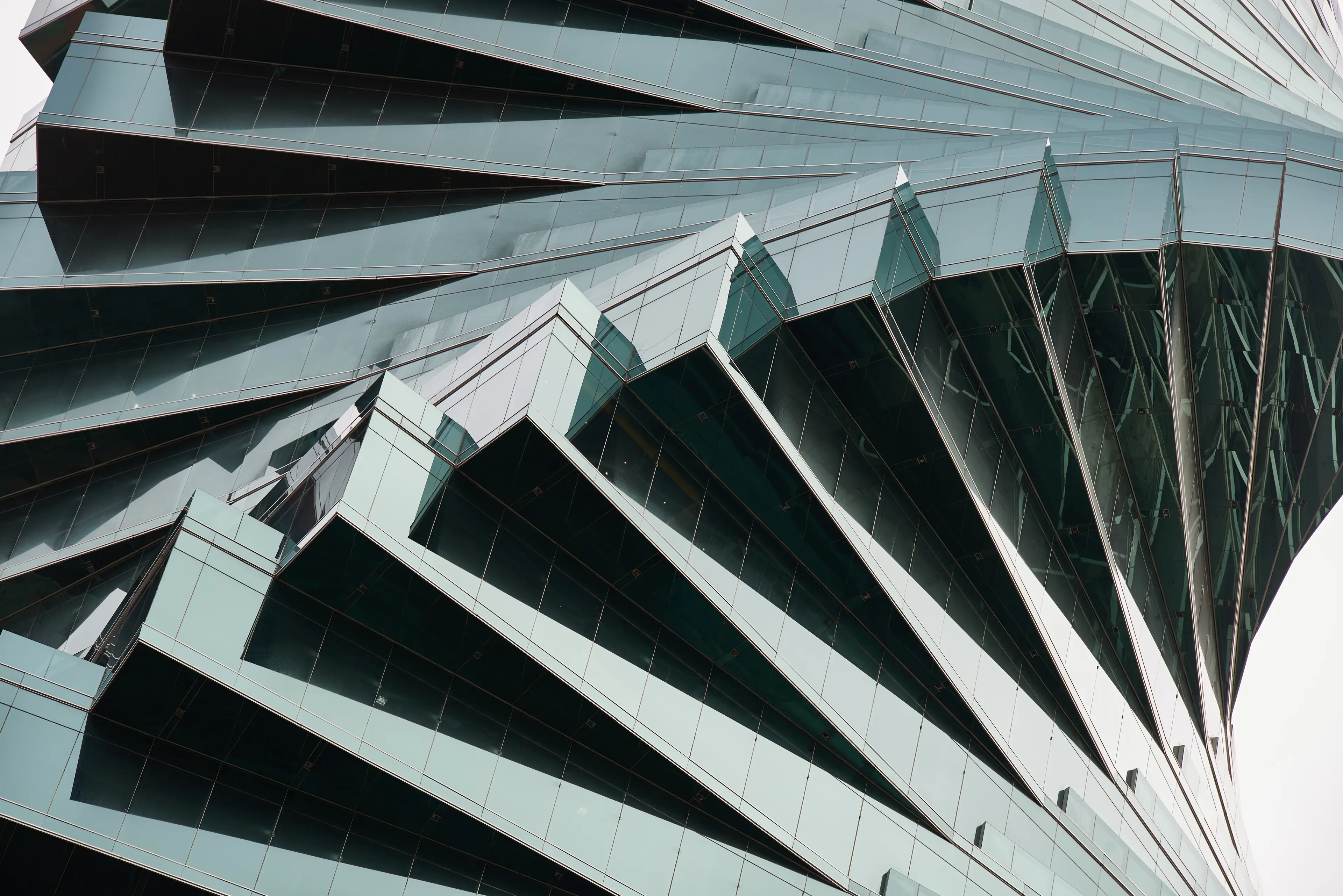
About Panama City, Panama
Discover the vibrant heart of Central America in Panama City, Panama. This bustling metropolis offers a unique blend of old and new, with its modern skyline set against the backdrop of the historic Casco Viejo district. Explore the iconic Panama Canal, a marvel of engineering, or immerse yourself in the rich biodiversity of the surrounding rainforests. Enjoy the city's thriving culinary scene, diverse shopping opportunities, and vibrant nightlife. Experience the rich cultural heritage through traditional music, dance, and festivals. With its tropical climate, stunning beaches, and friendly locals, Panama City is a captivating destination that promises an unforgettable journey.
2-Day Itinerary
Day 2
Nature, Food, and Wine in Panama City
Morning
Begin your second day with a visit to the Metropolitan Natural Park, a tropical rainforest within the city limits. Take a guided hike and spot local wildlife.
Lunch
Have lunch in a local eatery near the park. Try Panamanian street food like empanadas or patacones (fried plantains).
Afternoon
Spend your afternoon exploring the Amador Causeway. Rent a bike or walk along the path, enjoying the views of the city, the canal, and the Pacific Ocean.
Dinner
For dinner, enjoy a seafood feast in a restaurant near the Amador Causeway. Try dishes like corvina (sea bass) or camarones al ajillo (shrimp in garlic sauce).
Evening
End your day with a visit to a local wine bar. Sample Panamanian wines and learn about the local wine industry.
Attractions in Itinerary (6)

1Casco Viejo
Also known as Casco Antiguo or San Felipe, it is the historic district of Panama City, known for its old-world charm, colonial architecture, and vibrant nightlife.
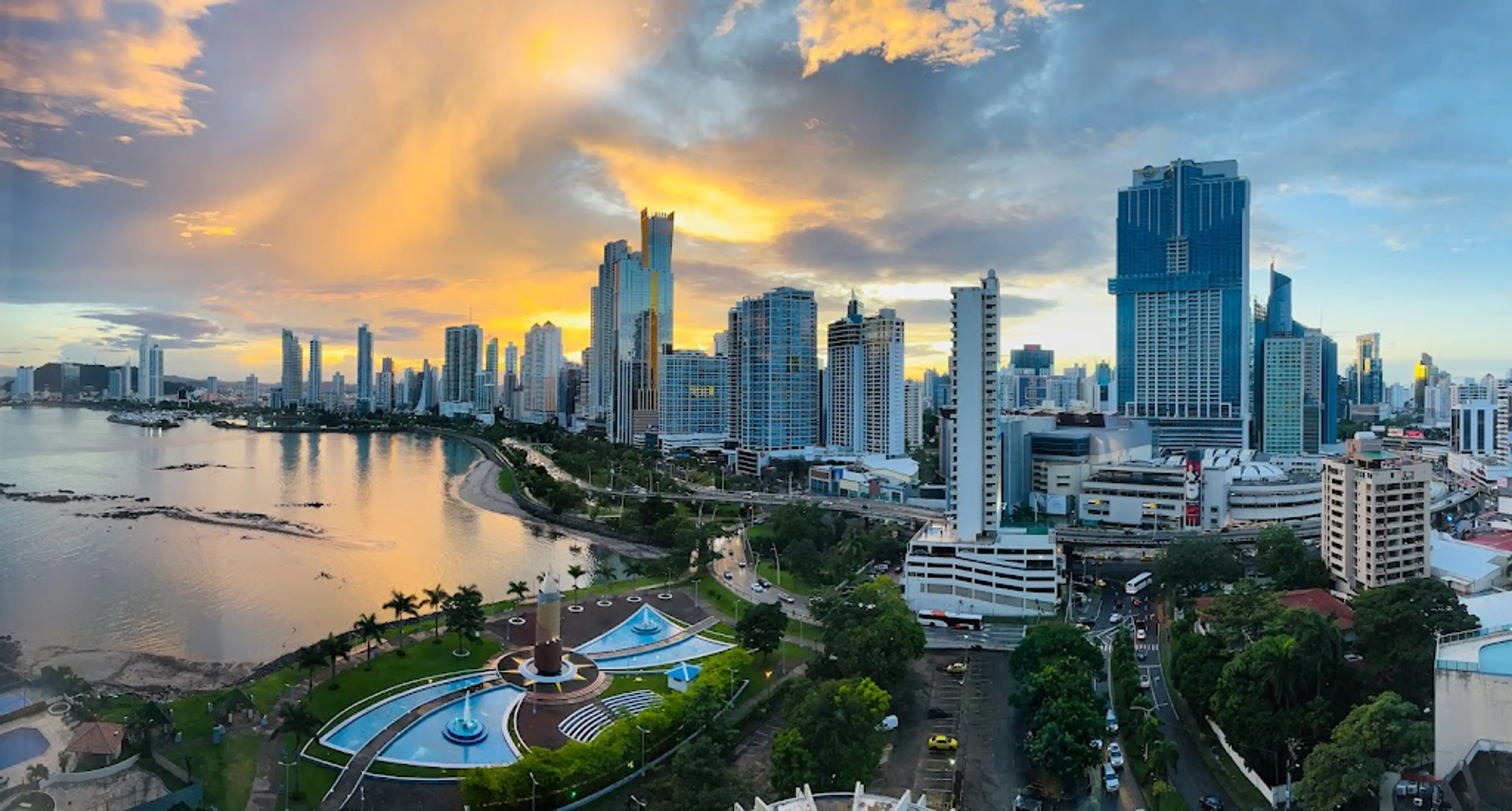
2Panama Canal
A 48-mile ship canal connecting the Atlantic Ocean (via the Caribbean Sea) to the Pacific Ocean, a key conduit for international maritime trade.

3Miraflores Locks
One of the three locks that form part of the Panama Canal, it includes a museum and a visitor center where tourists can learn about the canal's history and operation.

4Cinta Costera
The Cinta Costera is a 26-hectare land reclamation project in Panama City, Panama, completed in 2009 at a cost of approximately $189 million. It extends from the neighborhood of Punta Paitilla to the Mercado de Mariscos. The project consists of a roadway, pedestrian walkways, bicycle lanes, and recreational parks.
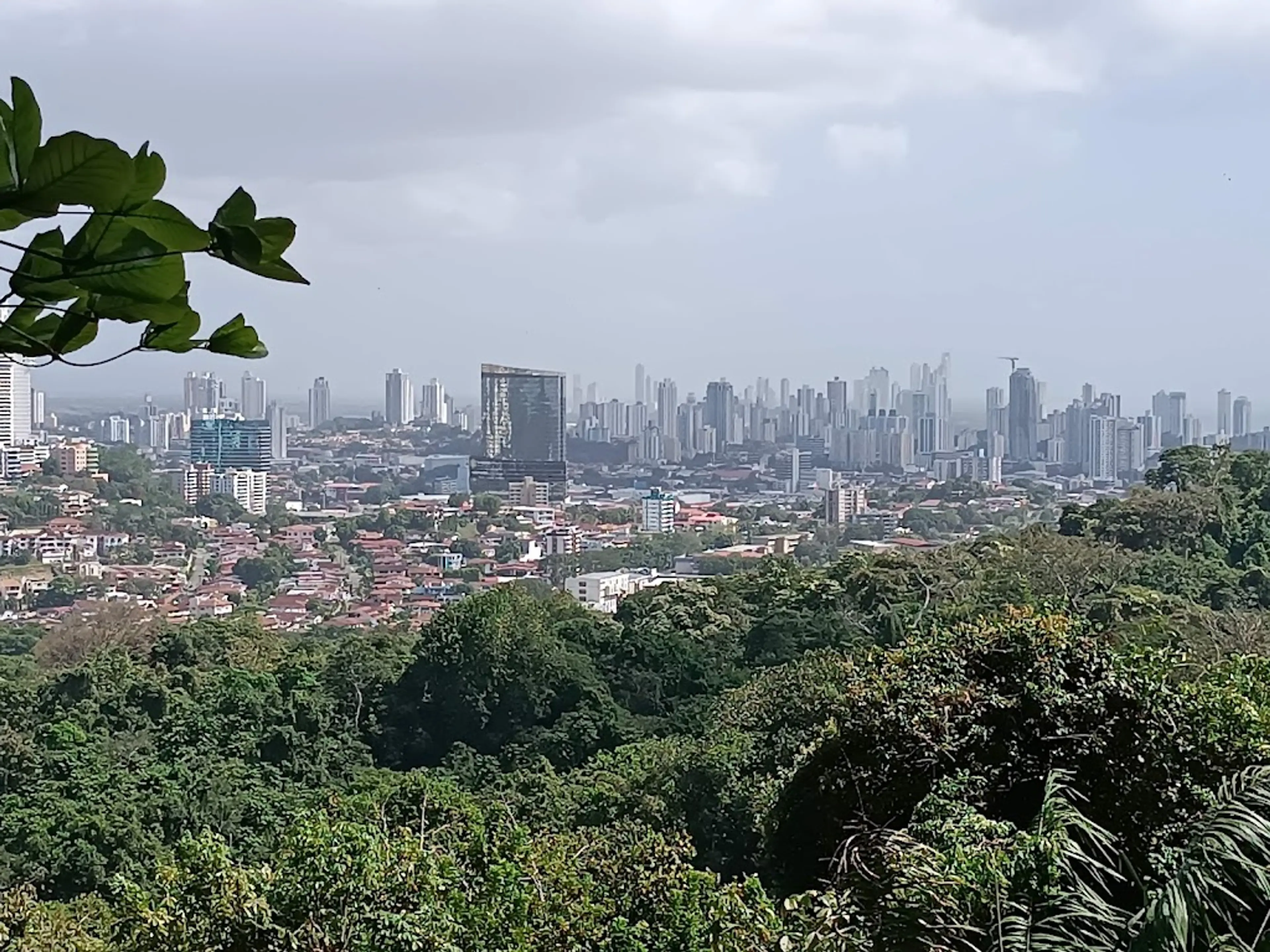
5Metropolitan Natural Park
A large natural park located within Panama City, offering hiking trails, wildlife viewing, and panoramic views of the city.
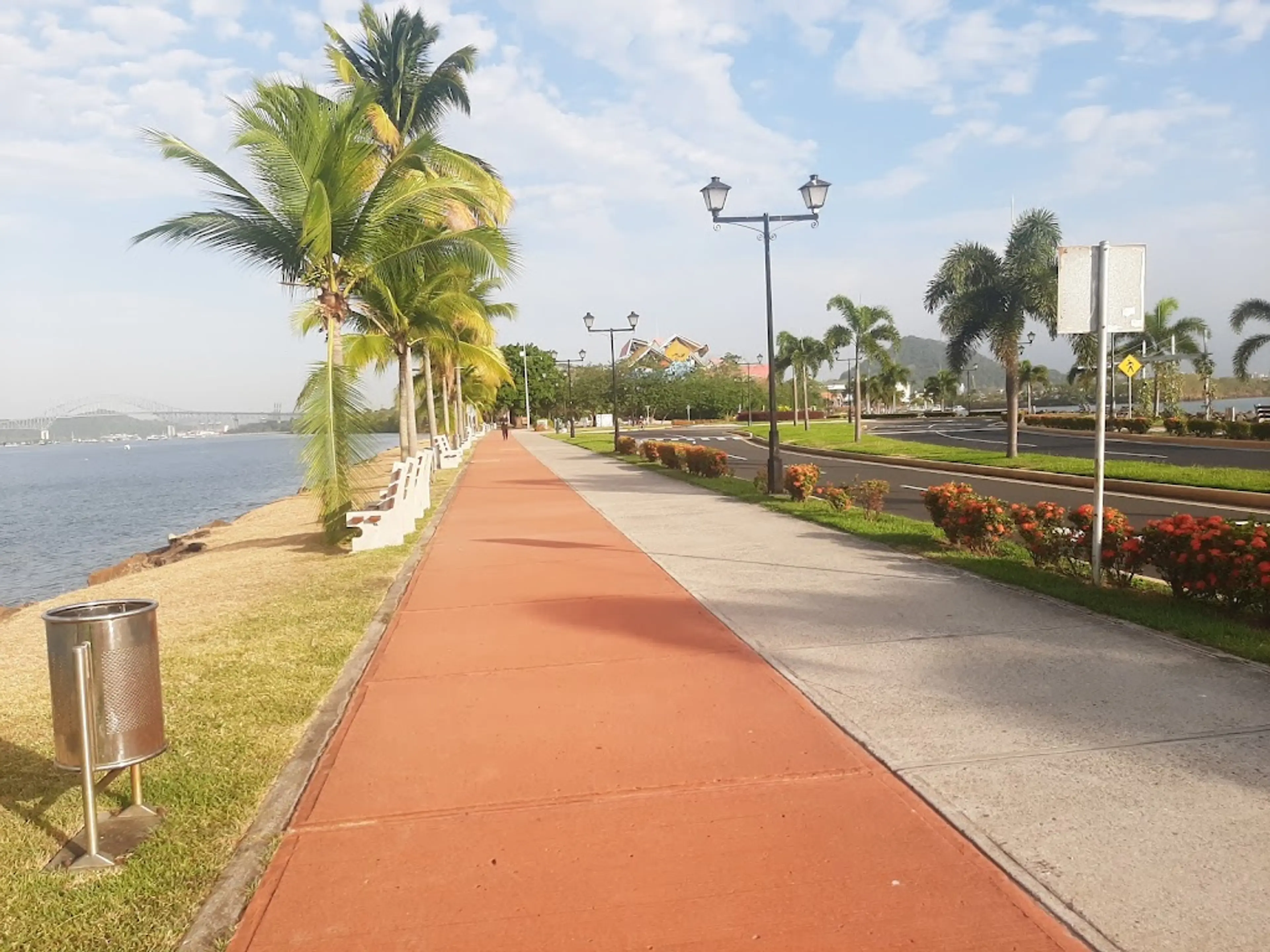
6Amador Causeway
A narrow land-bridge, built with rocks excavated during the construction of the Panama Canal, that connects the city to the four islands of the Amador.
Local Food and Drinks (12)

Sancocho
A traditional Panamanian soup made with chicken, yucca, corn, and culantro, often served with a side of white rice. It's a staple in Panamanian cuisine and a must-try for any visitor.

Ceviche
A popular seafood dish in Panama City, made from fresh raw fish cured in citrus juices, and spiced with chili peppers, onions, and cilantro. It's a refreshing dish, perfect for the tropical climate.

Ropa Vieja
A traditional Panamanian dish made from slow-cooked shredded beef in a tomato-based sauce, served with rice and beans. The name translates to 'old clothes' due to the shredded appearance of the meat.

Patacones
Fried green plantains, smashed and refried until crispy. They are a popular side dish in Panama City, often served with a variety of dips.

Carimañolas
A traditional Panamanian snack made from yucca stuffed with meat, cheese, or chicken, then deep-fried. They are a popular street food in Panama City.

Chicheme
A traditional Panamanian drink made from sweet corn and milk, often flavored with vanilla and cinnamon. It's a popular refreshment in Panama City, especially during the hot summer months.
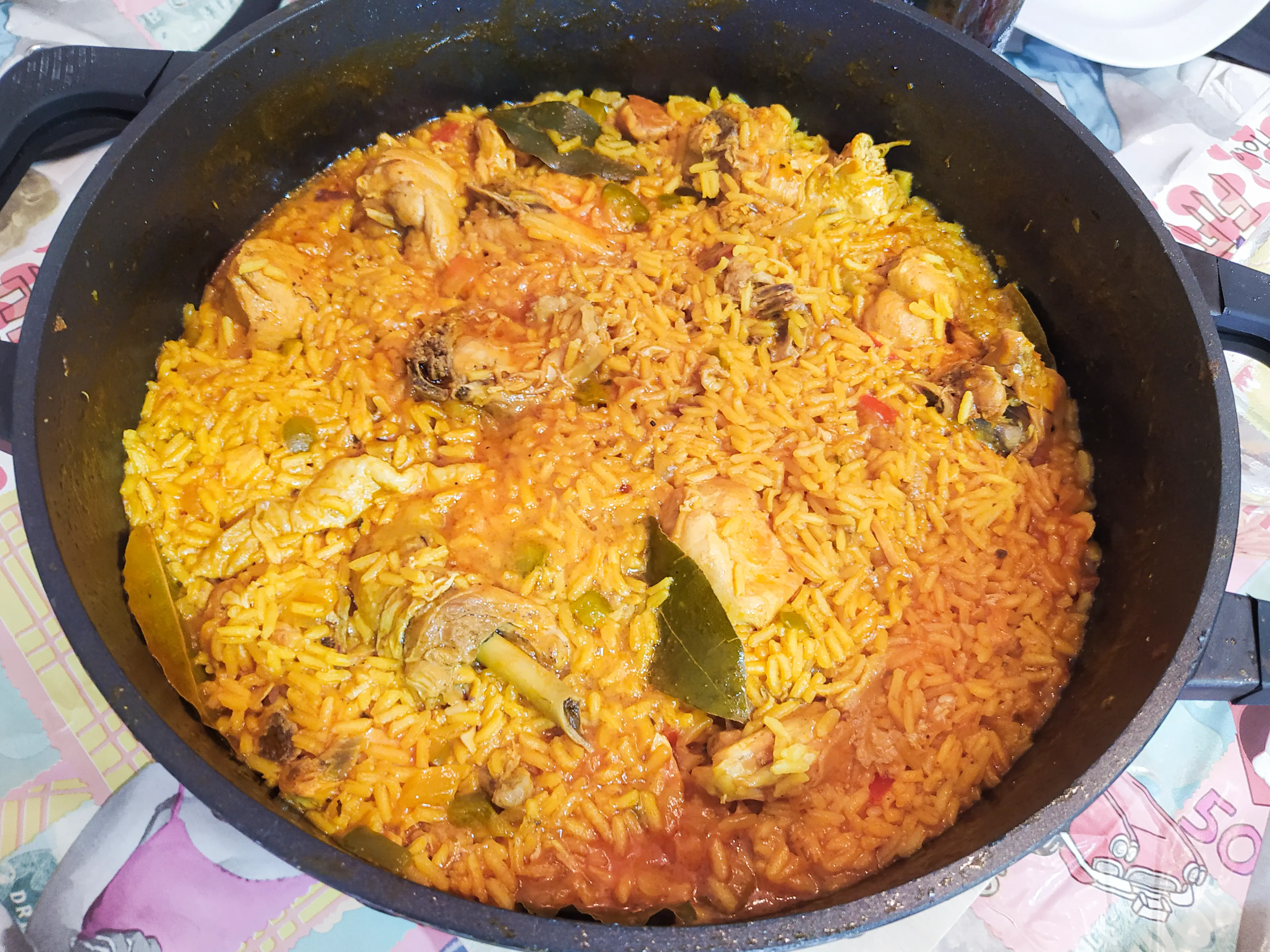
Arroz con Pollo
A popular Panamanian dish made from chicken and rice, cooked together with vegetables and spices. It's a hearty and flavorful dish, often served at family gatherings and celebrations.

Tamales
A traditional Panamanian dish made from masa (corn dough) filled with meats, cheese, fruits, or chilies, then wrapped in a banana leaf and steamed. They are a popular food during holidays and celebrations.

Flan
A popular dessert in Panama City, made from eggs, sugar, and milk, then baked until it has a caramelized top. It's a sweet and creamy treat, perfect for ending a meal.

Empanadas
A popular snack in Panama City, made from pastry filled with meat, cheese, or vegetables, then baked or fried. They are a versatile and delicious snack, perfect for on-the-go eating.

Seco Herrerano
The national liquor of Panama, made from sugar cane. It's often mixed with fruit juices or soda for a refreshing cocktail.

Hojaldres
A traditional Panamanian breakfast food, similar to a fried doughnut. They are often served with a cup of coffee for a sweet start to the day.
Best time to visit
The best time to visit Panama City, Panama is during the dry season, which runs from mid-December to mid-April. During this period, you can expect less rainfall and plenty of sunshine, making it ideal for sightseeing and outdoor activities. However, it's also the busiest time for tourism, so it's advisable to book your accommodations and activities in advance.
How to get around
Public Bus
Public buses are a common way to get around in Panama City. They are inexpensive and cover most areas of the city. However, they can be crowded during peak hours and may not be the most comfortable option.
Taxi
Taxis are plentiful in Panama City and can be hailed from the street. They do not have meters, so it's important to negotiate the fare before starting the trip. They are a convenient way to get around, especially if you're not familiar with the city.
Ridesharing
Ridesharing services like Uber and Cabify are available in Panama City. They offer a convenient and often cheaper alternative to taxis. You can book a ride using their respective mobile apps, and the fare is calculated based on the distance of the trip.
Rental Car
Renting a car is a good option if you're planning to explore outside of Panama City. However, driving in the city can be challenging due to heavy traffic and difficult parking. It's recommended to have a GPS or a good map.
Subway
Panama City has a modern and efficient subway system, known as Metro de Panama. It covers many parts of the city and is a quick and affordable way to get around. However, it can be crowded during peak hours.
Bicycle
Bicycling is becoming more popular in Panama City, with dedicated bike lanes and bike rental services available. It's a healthy and eco-friendly way to explore the city, but may not be suitable for long distances or hilly areas.
Walk
Walking is a great way to explore Panama City, especially in areas like Casco Viejo, which is a UNESCO World Heritage Site. However, it's not recommended for long distances or in areas with heavy traffic.
Airport Shuttle
Airport shuttles are available from Tocumen International Airport to various parts of Panama City. They are a convenient and reliable way to get to and from the airport, especially if you have a lot of luggage.
Important information
Currency PAB
Time zoneUTC-5
Driving sideRight
Emergency phoneAmbulance: 269-9778; Fire: 103; Police 104
Drinking waterOpt for bottled water
Power sockets
Voltage120 V
Things to know about Panama City, Panama as a first time visitor
1
Panama City is the capital and largest city of Panama.
2
The official language is Spanish, but English is widely spoken in tourist areas and by professionals.
3
The currency used is the Panamanian Balboa and the US Dollar, which are used interchangeably.
4
Credit cards are widely accepted in Panama City, but it's always a good idea to carry some cash for smaller establishments or street vendors.
5
The climate in Panama City is tropical, with high humidity and temperatures ranging from 75°F to 88°F (24°C to 31°C) year-round.
6
Panama City is generally safe for tourists, but like any major city, it's important to stay alert and aware of your surroundings.
7
Tipping is customary in Panama City, with 10-15% being the standard at restaurants.
8
Panama City is in the Eastern Standard Time zone, but does not observe daylight saving time.
9
Public transportation in Panama City includes buses and a metro system. Taxis and ride-sharing services like Uber are also available.
10
Panama City has a diverse culinary scene, with a mix of traditional Panamanian cuisine and international options.
11
Panama City has a vibrant nightlife, with a variety of bars, clubs, and live music venues.
12
Panama City has a mix of modern and colonial architecture, with many buildings reflecting its history as a Spanish colony.
13
Panama City is a major international business hub, known for its skyscrapers and high-rise buildings.
14
Panama City has a variety of shopping options, from high-end boutiques to local markets.
15
Panama City's tap water is safe to drink, which is not common in many Latin American countries.
16
Panama City has a strong economy, with a focus on banking, commerce, and tourism.
17
Panama City is home to a diverse population, with a mix of cultures and ethnicities.
18
Panama City is a popular destination for bird watching, with a variety of species found in the city's parks and green spaces.
19
Panama City has a variety of accommodation options, from luxury hotels to budget hostels.
20
Panama City has a well-developed healthcare system, with many doctors and hospitals available for emergencies.
Basic Spanish to know as a first time visitor
English phrase | Native phrase | Pronunciation | When to use it |
|---|---|---|---|
Hello | Hola | O-la | Greeting someone |
Goodbye | Adiós | A-dee-os | Leaving or saying goodbye to someone |
Please | Por favor | Por fa-vor | When asking for something |
Thank you | Gracias | Gra-see-as | When someone helps you or gives you something |
Yes | Sí | See | Agreeing with someone or something |
No | No | No | Disagreeing with someone or something |
Excuse me | Perdón | Per-don | When you want to get someone's attention or apologize |
I'm sorry | Lo siento | Lo see-en-to | When you want to apologize |
Do you speak English? | ¿Hablas inglés? | Ha-blas in-gles | When you want to find out if someone speaks English |
I don't understand | No entiendo | No en-tee-en-do | When you don't understand what someone is saying |
Where is the bathroom? | ¿Dónde está el baño? | Don-de es-ta el ban-yo | When you need to find the bathroom |
How much does it cost? | ¿Cuánto cuesta? | Cuan-to cues-ta | When you want to find out the price of something |
I would like... | Me gustaría... | Me gus-ta-ria | When you want to order something or express a preference |
Help! | ¡Ayuda! | A-yu-da | When you need help |
Call the police! | ¡Llame a la policía! | Ya-me a la po-li-see-a | When you need to call the police |
I need a doctor | Necesito un médico | Ne-ce-si-to un me-di-co | When you need medical assistance |
Can I use my credit card? | ¿Puedo usar mi tarjeta de crédito? | Pue-do u-sar mi tar-je-ta de cre-di-to | When you want to pay with a credit card |
Where can I find a taxi? | ¿Dónde puedo encontrar un taxi? | Don-de pue-do en-con-trar un taxi | When you need to find a taxi |
Can I have the menu, please? | ¿Puedo tener el menú, por favor? | Pue-do te-ner el me-nu, por fa-vor | When you want to see the menu at a restaurant |
Cheers! | ¡Salud! | Sa-lud | When you want to toast with someone |
Packing List
Clothing
Lightweight clothing
Underwear
Socks
Swimwear
Sandals
Walking shoes
Sunglasses
Hat
Rain jacket
Toiletries
Travel-size shampoo
Travel-size conditioner
Travel-size body wash
Toothbrush
Toothpaste
Deodorant
Razor
Shaving cream
Sunscreen
Insect repellent
First-aid kit
Travel documents and essentials
Passport
Driver's license
Credit cards
Cash
Travel insurance documents
Hotel reservation details
Airline tickets
Electronics and gadgets
Smartphone
Charger for smartphone
Headphones
Camera
Charger for camera
Power adapter
Portable power bank
Miscellaneous items
Travel pillow
Earplugs
Eye mask
Snacks
Water bottle
Books or e-books
Travel guide for Panama City
Spanish-English dictionary
Weather Conditions
Panama City, Panama, is located in the tropics, which means it experiences a tropical climate with high temperatures and humidity throughout the year. Average temperatures typically range from 75°F to 88°F (24°C to 31°C). The city has two distinct seasons: the dry season and the rainy season. The dry season, from mid-December to April, is the best time to visit if you prefer less rain and more sunshine. During this period, the weather is generally hot and less humid, making it ideal for outdoor activities and sightseeing. The rainy season, from May to mid-December, is characterized by frequent, heavy downpours, usually in the afternoon. However, these showers are typically short-lived, and the sun often comes out afterwards. If you're planning to visit during the rainy season, it's advisable to carry a raincoat or umbrella and plan your outdoor activities for the morning when it's less likely to rain. Regardless of the season, it's recommended to stay hydrated and use sunscreen due to the city's proximity to the equator, which results in strong UV radiation. Lightweight, breathable clothing is also advisable due to the high humidity. Lastly, keep an eye on the weather forecast during your visit. Panama City can occasionally be affected by hurricanes and tropical storms, especially during the rainy season.
| Month | Hi / Lo (°C) | Weather Overview |
|---|---|---|
January | 31° / 23° | January is the driest month in Panama City, with very little rainfall and plenty of sunshine. It's a great time to visit for outdoor activities. |
February | 31° / 23° | February continues the dry season, with warm temperatures and low humidity. It's a perfect time for beach activities and exploring the city. |
March | 32° / 24° | March is the end of the dry season, with slightly higher temperatures. It's still a good time to visit, especially for water sports. |
April | 32° / 24° | April marks the start of the rainy season, but showers are usually short and intense. The city is less crowded, making it a good time for sightseeing. |
May | 32° / 24° | May has more rainfall, but it's also when the city's flora is at its most vibrant. It's a great time for nature lovers and photographers. |
June | 32° / 24° | June is in the middle of the rainy season, with frequent showers. However, there are still plenty of sunny intervals for outdoor activities. |
July | 32° / 24° | July is similar to June, with a mix of rain and sunshine. It's a good time to visit for those who don't mind a bit of rain. |
August | 32° / 24° | August is one of the wettest months, but the rain brings cooler temperatures. It's a good time to visit for those who prefer cooler weather. |
September | 32° / 24° | September continues the rainy season, but the city is less crowded. It's a good time for indoor activities and exploring the local culture. |
October | 32° / 24° | October is the wettest month, with heavy rainfall. It's a good time to visit for those who enjoy indoor activities and museums. |
November | 32° / 24° | November sees the end of the rainy season, with less rainfall. It's a good time to visit for those who enjoy a mix of indoor and outdoor activities. |
December | 31° / 23° | December marks the start of the dry season, with warm temperatures and little rainfall. It's a great time to visit for beach activities and outdoor exploration. |
Did you know?
Places near by Panama City, Panama

El Valle de Anton
A charming mountain town known for its fresh air, lush greenery, and the famous 'Sleeping Indian Girl' mountain.

Portobelo
A historic port city known for its colonial fortifications and the famous Black Christ church.

San Blas Islands
A stunning archipelago of 365 islands, known for its pristine beaches and the unique culture of the indigenous Guna people.

Playa Coronado
A popular beach town with a vibrant expat community, known for its black and white sand beaches.

Santa Clara Beach
A beautiful beach known for its white sand and clear waters, perfect for swimming and sunbathing.

Pedasi
A small town on the Azuero Peninsula known for its beautiful beaches, fishing, and annual Carnival celebration.
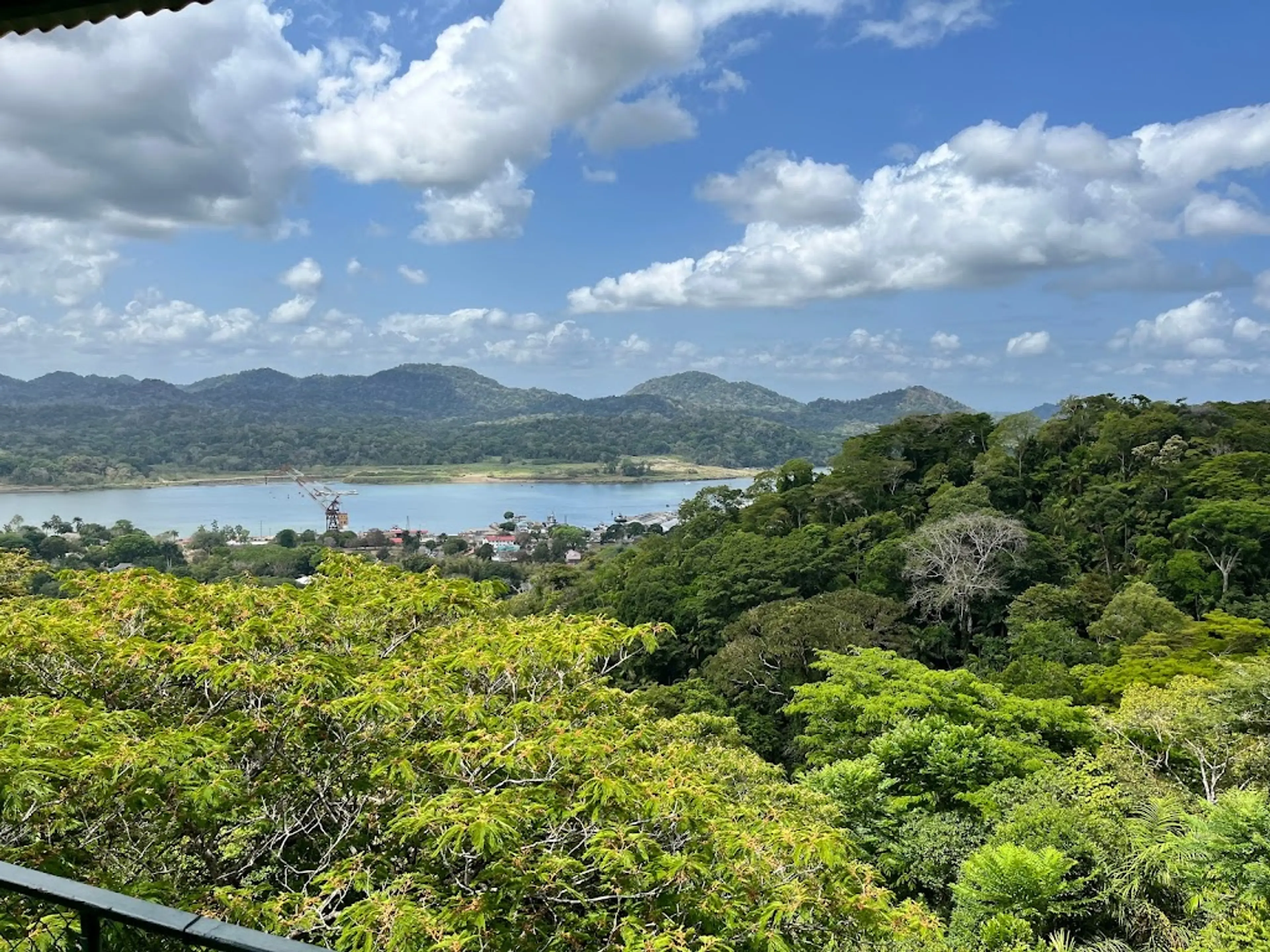
Gamboa Rainforest
A tropical rainforest rich in biodiversity, offering various eco-tourism activities like bird watching, hiking, and boat tours.

Taboga Island
An island known as the 'Island of Flowers', offering beautiful beaches, hiking trails, and a charming village.

